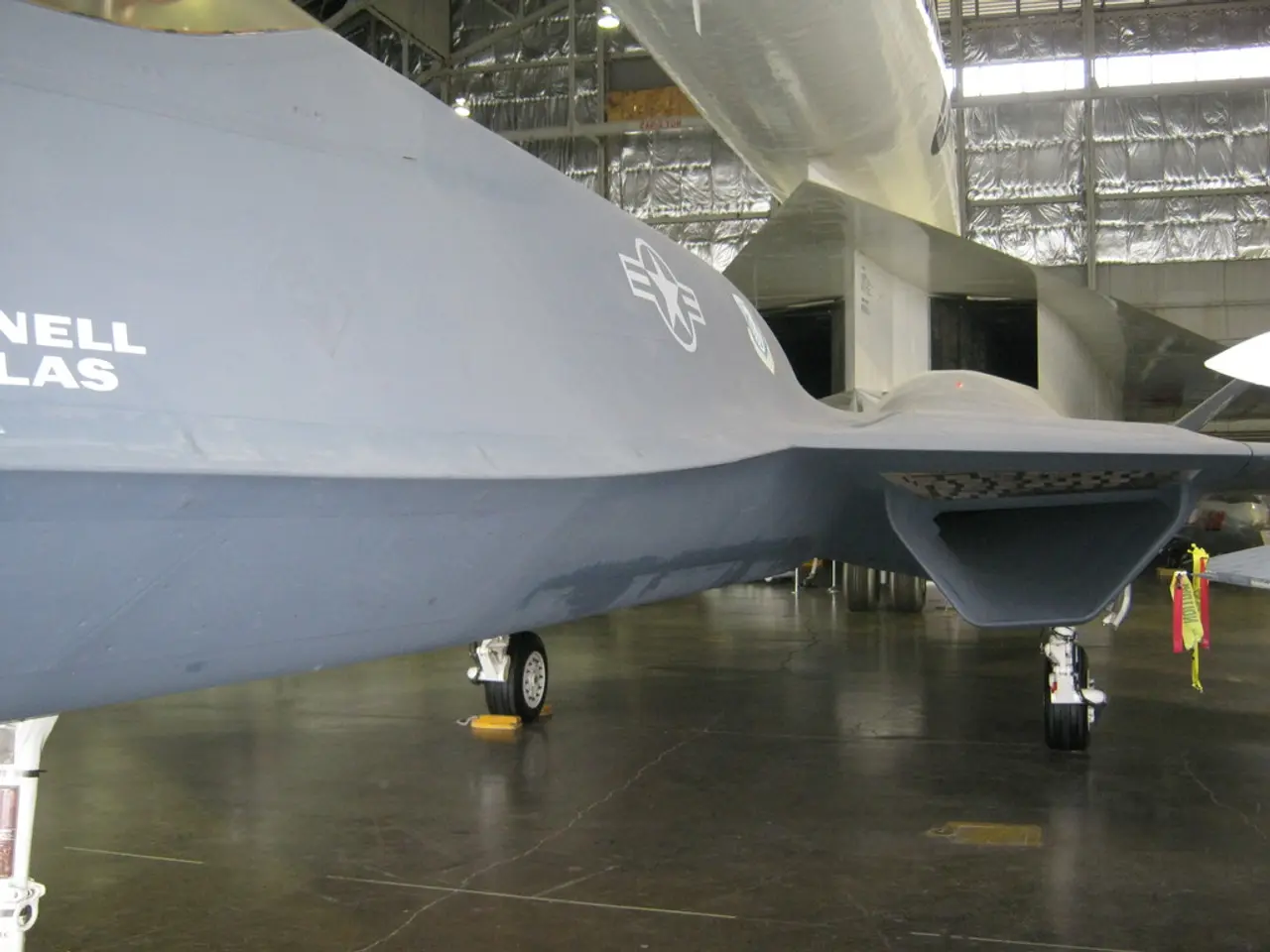Inventor and Aviation Pioneer Glenn Curtiss Making History in Aviation Sector as Pioneer of Planes and Motorcycles.
Glenn Hammond Curtiss, an American pilot and one of the pioneers of aircraft building, made significant contributions to aviation during its formative years. Born on May 21, 1878, in Hammondsport, New York, Curtiss's visionary work earned him a place as a foundational figure in aviation history.
After working in various jobs, he achieved great success as a bike and motorcycle racer. It was this passion for speed that led him to develop a guided balloon engine, a groundbreaking invention in the early days of aviation.
In 1904, aviation took an important place in Curtiss's life. He built the first US fighter aircraft and the first aircraft to cross the Atlantic Ocean. His groundbreaking design, the "June Bug," incorporated ailerons to control lateral balance, replacing the Wright brothers' wing-warping method, marking a significant innovation in aircraft control.
Curtiss's work in aviation extended to naval aviation as well. His aircraft were the first to take off from and land on the deck of a warship in 1910 and 1911, respectively. He also pioneered U.S. flying boat design, becoming a major supplier of these to the U.S. and allies around World War I.
During the war, Curtiss's company produced more than 5000 warplanes, including the famed Curtiss JN-4 "Jenny," the primary U.S. military trainer. He also collaborated with the US Navy in the development of fighter aircrafts.
Curtiss's legacy includes inventing hydroaeroplanes, advancing military and naval aviation, leading early aircraft manufacturing, and innovating flight control technology. He is also credited with developing the first airplane capable of landing on water and founding one of the earliest companies specializing in airplane production.
One of his most notable achievements was the historic transatlantic flight completed by the Curtiss NC-4, a multiengine flying boat, in 1919, opening the era of long-distance air travel.
Despite limited formal education, Curtiss's visionary work earned him prestigious awards such as the Collier Trophy and the Langley Medal. However, during World War I, he entered a major legal conflict with the Wright Brothers over patent issues. However, during the war, he merged with them and became Curtiss-Wright, and produced fighter aircrafts for many countries throughout the war.
Curtiss's work with the Aerial Experiment Association (AEA) formed by Alexander Graham Bell, resulted in early successful aircraft designs, including winning the Scientific American Trophy in 1908 for the June Bug flight over 1 km.
Curtiss's life in aviation ended on July 23, 1930, in Buffalo, New York. His legacy continues to be celebrated as a foundational figure in aviation history, with his innovations and contributions shaping the industry we know today.
[1] The History of Aviation: Glenn Hammond Curtiss
[2] Glenn Curtiss
[3] Aerial Experiment Association
[4] Scientific American Trophy
- Glenn Curtiss's inventions and innovations in aviation, such as the guided balloon engine, the first US fighter aircraft, and the "June Bug," significantly shaped the earliest days of the industry and aerospace technology.
- Curtiss's company, during World War I, produced more than 5000 warplanes, including the famous Curtiss JN-4 "Jenny," and also collaborated with naval forces on fighter aircraft development, bringing a significant impact to the finance and economy of the industry.
- His collaborative work with the Aerial Experiment Association (AEA), led by Alexander Graham Bell, resulted in groundbreaking aircraft designs that won prestigious awards, such as the Scientific American Trophy, marking milestones in sports and aviation.








